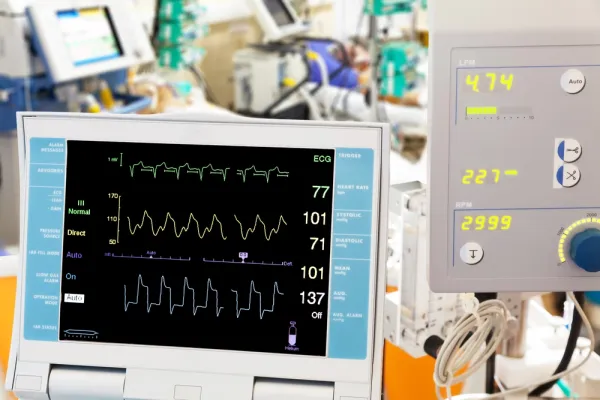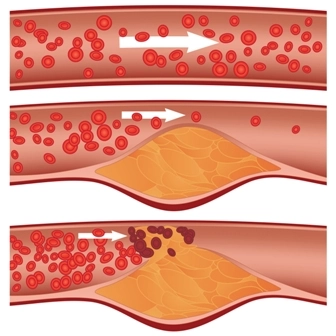3 Characters in ICD-10 Take the Place of Syncope Code 780.2

Check out the Excludes1 note to keep your coding on track.
Learning ICD-10’s replacement for syncope code 780.2 shouldn’t put a hitch in your implementation plan because you’ve got a one-to-one code swap to look forward to. Read on for tips to ensure you use the ICD-10 code properly.
ICD-9-CM Code
780.2, Syncope and collapse
ICD-10-CM Code
R55, Syncope and collapse
Syncope is a temporary loss of consciousness caused by a fall in blood pressure.
ICD-9 coding rules: The ICD-9 Tabular List indicates 780.2 applies to: blackout, fainting, (near) (pre)syncope, and vasovagal attack. But an Excludes note points you elsewhere for carotid sinus syncope (337.0), heat syncope (992.1), neurocirculatory asthenia (306.2), orthostatic hypotension (458.0), and shock NOS (785.50).
ICD-10 changes: The ICD-10 Tabular List features a list of terms for R55 that’s similar to what you see in ICD-9: blackout, fainting, and vasovagal attack. Although the Tabular doesn’t list “(near) (pre)syncope” for R55, the Index does. The code also has a long Excludes1 list:
Documentation: Your cardiologist won’t need to change documentation habits just for ICD-10, but she should continue to be clear that the patient experienced syncope as opposed to one of the excluded diagnoses, such as unconsciousness or carotid sinus syncope.
Coder tips: The ICD-10 Official Guidelines are similar to the ICD-9 guidelines in relation to coding for signs and symptoms like syncope and collapse. “Codes that describe symptoms and signs, as opposed to diagnoses, are acceptable for reporting purposes when a related definitive diagnosis has not been established (confirmed) by the provider” (www.cdc.gov/nchs/data/icd/10cmguidelines_2016_Final.pdf).




